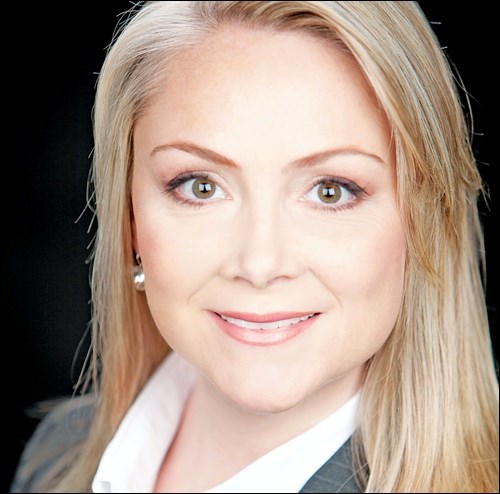Opening an investment account is relatively easy. What’s not so easy is how to proceed with investment planning, so you don’t immediately lose what’s in your account. So here’s my list of 10 basic investment and money management principles that it’s important to learn beforeyou start trading.
1. Understand the power of compounding.This is the principle that any earnings from an asset will in turn generate their own earnings. Compounding allows your original investment amount to grow faster when earnings are reinvested than when earnings are paid out.
2. Start early.The more years you have to invest, the more manageable your plan becomes. The longer you stick with your plan, the greater the chance your investments will match or exceed the longer-term returns of your benchmark. A longer timeframe will smooth out the short-term volatility of the market. It’s called “regression to the mean.”
3. Preserve your capital. Whatever the size of your investment portfolio, your biggest challenge is how to keep it from being nibbled to death by ducks. Capital has many enemies, but three of the biggest systemic ones are inflation, taxes, and macroeconomic forces.
4. Make it grow…efficiently. To preserve your wealth and keep it working and producing for you, you have to make those key decisions about your tolerance for risk and from there how to allocate those assets in the most tax-efficient way possible. Remember that “risk-free” really isn’t. Low-yielding investments like GICs, savings accounts, and government bonds will be eroded by taxes and inflation to the extent that you’ll actually be losing money every year.
5. Diversify your investments. It’s important to diversify assets over a number of classes (including fixed-income, equity, and alternative investments) using a variety of strategies, including hedge funds, venture capital, private offerings, tax shelters, and other vehicles for “accredited” investors,” to ensure both capital preservation and tax-efficient growth to keep that income stream coming.
6. Be realistic. Most of us tend to overestimate our capacity to deal with risk, investment volatility, and market losses, especially when we’re younger. Be realistic about your own tolerance for risk (and ignore what friends, neighbors, family, and hyper-Tweeting strangers say about their “successes” in the market – most exaggerate and many just outright lie). Then allocate your assets accordingly. If you have determined that you’re a conservative investor, for example, you’ll want to tilt your investments towards a more defensive allocation, with perhaps 60% to cash and fixed income, and 40% to equity. More aggressive investors might consider reversing that ratio.
7. Stay in it for the long haul. For saving and investing, the principle is the same. It’s all about staying in it for the long term. Over the long haul $500 monthly contribution compounded monthly at a relatively conservative annual rate of 6% will grow to $500,000 in 30 years. I always recommend opening a Registered Retirement Savings Plan and a Tax-Free Savings Account. The reason is simple. In these plans, your money will compound tax-free.
8. Be flexible.Your life isn’t static, and your financial plan shouldn’t be either. Times change, your circumstances change – a family, a home, a better job – so your investment portfolio should adapt to your changing needs.
9. Know what you’re getting into. Don’t jump into investing without fully understanding what you are doing. Many novice investors will do just this, acting on something they heard from a friend or relative, or at the office, or even worse, over Twitter. This is the surest road to financial failure.
10. Get help.If you have a considerable nest-egg and you’re in doubt about where to go next, consult an independent financial planner, who will work with you every step of the way to create an investment plan that you understand and that will meet your financial goals.
Courtesy © 2015. , is president of . This article is not intended as personalized advice.




